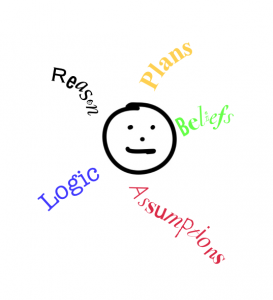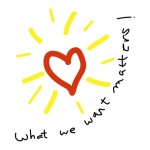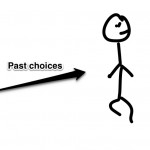 Our thinking minds are heavily influenced by what we’ve been taught, our beliefs about how things work, and our assumptions about people. These, too often, lead to worry, judgment, and fears that distort what we think is happening, and limit what we think is possible.
Our thinking minds are heavily influenced by what we’ve been taught, our beliefs about how things work, and our assumptions about people. These, too often, lead to worry, judgment, and fears that distort what we think is happening, and limit what we think is possible.
As a creator, I learned I had to go beyond what my “head” can do for me. That led me to lesson #5…






